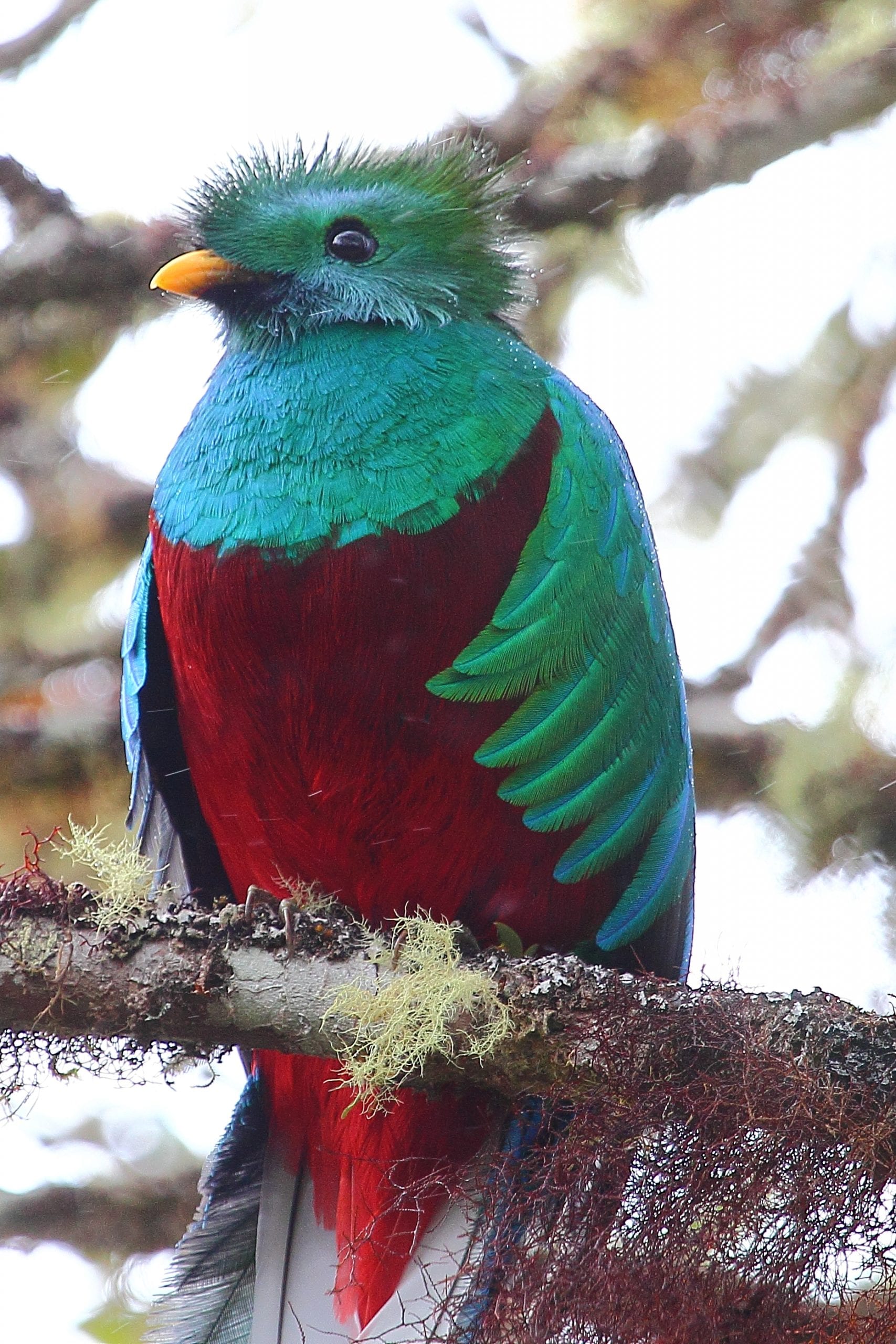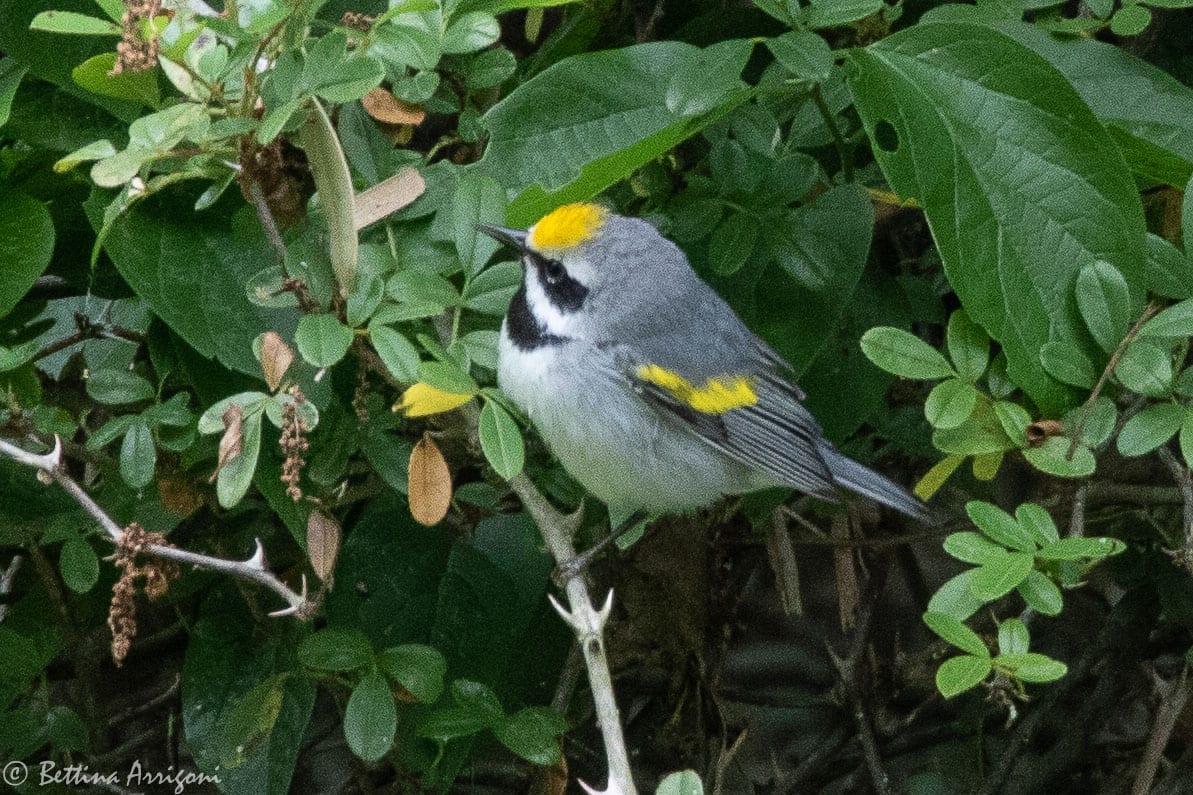For my Master's research, I was fortunate to study avian ecology in Costa Rica where I developed a deep appreciation for the incredible bird diversity observed there. Other things that also stayed with me from the experience was the scenic coffee farms and the friendly farmers who not only let me work on their properties but also shared with me the coffee brewed from their harvest. As both a coffee aficionado and bird lover, I was in heaven. However, this post is not about my research experience; it is about how one of my passions is slowly making the other disappear.
Coffee production and rainforests
Cup o' joe, mud, java, morning jolt, jitter juice. Whatever it's called, coffee is easily one of the most consumed drinks in the world today. The United States alone imported a whopping $6 billion worth of coffee just in 2012.
Faithful ASO readers may remember previous posts on the process transforming coffee berries to liquid gold in our cups, the neurological effects of caffeine on our brain, or the psychopathic tendencies of people who drink their coffee black (which hits pretty close to home, as I personally take my coffee black). However, have you ever pondered the impacts of coffee production on the surrounding environment?
Coffee is grown in tropical regions, including Africa (e.g. Ethiopia and Kenya), Latin America (e.g. Costa Rica, Honduras, and Brazil), and Southeast Asia (e.g. Vietnam and Indonesia). These regions also contain a substantial amount of tropical rainforests. Now, the photos in coffee shops often depict picturesque landscapes with rows and rows of lush coffee plants dripping with bright red fruits and smiling farmers. However, the actual behind-the-scenes perspective on coffee farming paints a grimmer picture.
The bad news is that tropical rainforests are disappearing faster than you can say “a venti, triple, nonfat, sugar-free, soy caramel macchiato, pleaseâ€, and one of the main causes is agriculture.
According to the Food and Agriculture Organization of United Nation, “[t]here was a net forest loss of 7 million hectares per year in tropical countries in 2000–2010 and a net gain in agricultural land of 6 million hectares per year.†Moreover, in tropical and subtropical countries, agriculture accounted for 73% of deforestation. In Central America alone, 2.5 million hectares of forests have been cleared for coffee production.

Farmers clear forests both to cultivate coffee plants and to harvest firewood for drying coffee beans. In Costa Rica, it takes approximately 142,268 m3 of wood per year to dry coffee beans. Farmers typically clear all of the trees on the farm so they can plant the most coffee plants, thereby destroying resources for wildlife to survive. Coffee produced by this farming practice is called “sun coffeeâ€.
High quality coffee grows at similar elevations as tropical cloud forests, which are also home to the highest biodiversity in the world. While some cloud forests are protected, many are not. Even the protected forests can experience encroachment (i.e. expansion beyond the boundaries) from farmlands outside of protected areas due to increase in demand. The cost of losing rainforests is extremely high, as they play important roles in mediating climate change, absorbing carbon dioxide, and providing habitat for diverse wildlife species.

The birds and the beans
So, what does all this mean for the bird species in tropical countries, like the ones I saw in Costa Rica? The rainforests in Latin America boasts some of the highest numbers of bird species in the world. The long-tailed manakins, resplendent quetzals, and three-wattled bellbirds are just a few of the species that rely on these forests.

Aside from providing a home for native birds, tropical rainforests are also the place where most of the migratory birds in North America spend a large proportion of the year. For example, the golden-winged warblers often observed in northern U.S. during the summer travel for thousands of kilometers to spend the winter in countries such as Costa Rica and Nicaragua.
As birds rely heavily on the resources provided by rainforests to survive, intensive farming practices such as sun coffee can threaten bird populations. Studies have shown a marked decline in number of bird species near intensively-farmed coffee plantations due to loss of resources for them to forage, mate, rear young, etc.
Looking forward
At this point, readers may feel they are faced with an impossible choice between coffee and nature. However, all hope is not lost. In the following post, I will present some solutions that have been implemented by coffee producers to alleviate the impacts of coffee production on the environment and wildlife. Stay tuned!

About the author:
 |
Angela Hsiung is a PhD student in Warnell School of Forestry and Natural resources at UGA. She enjoys studying wildlife and fish ecology and conservation. Aspiring to be a master of none, when Angela is not at school, she can be found lagging behind a group of runners while gasping for breath, mis-identifying a bird, or failing spectacularly at playing “Sweet Home Alabama†on the guitar. You can contact her at solitaire.hsiung@gmail.com. More from Angela Hsiung. |
About the Author
- athenssciencecafehttps://athensscienceobserver.com/author/athenssciencecafe/April 17, 2020
- athenssciencecafehttps://athensscienceobserver.com/author/athenssciencecafe/April 12, 2020
- athenssciencecafehttps://athensscienceobserver.com/author/athenssciencecafe/April 3, 2020
- athenssciencecafehttps://athensscienceobserver.com/author/athenssciencecafe/March 30, 2020







